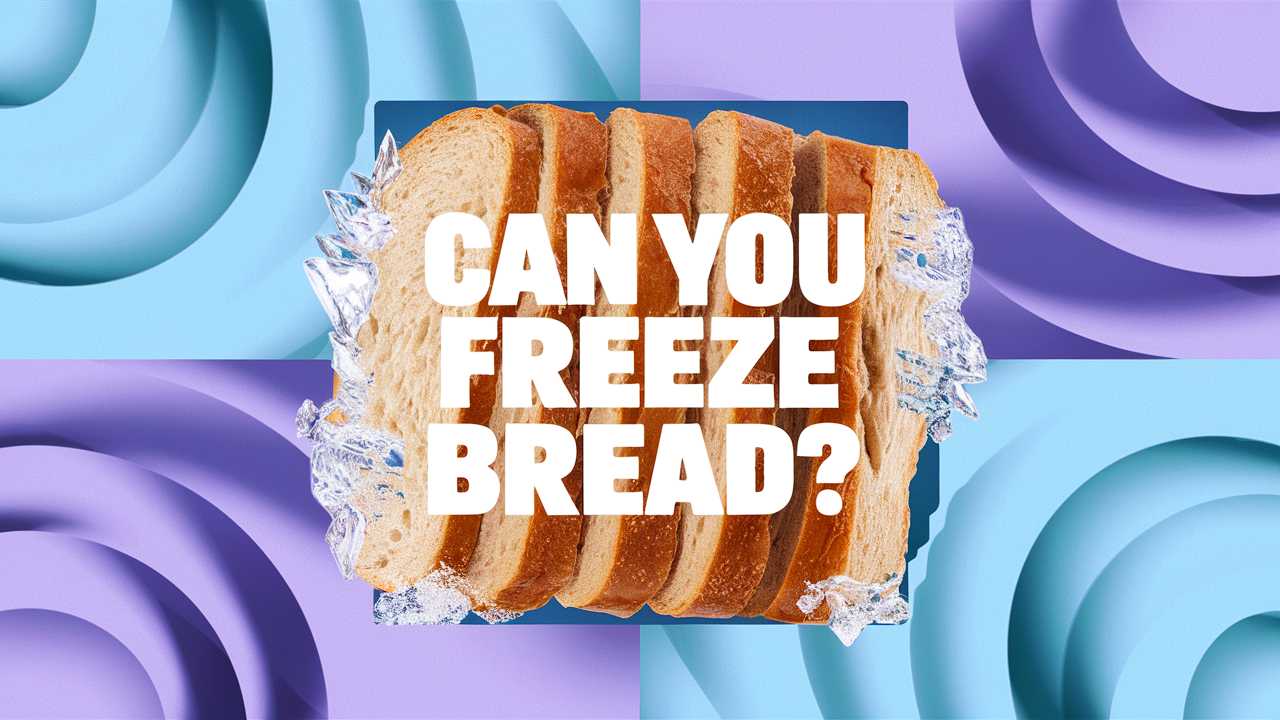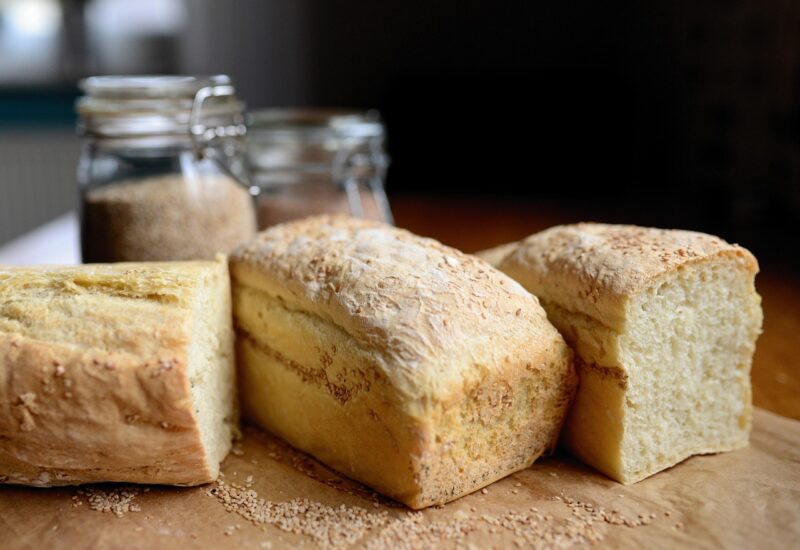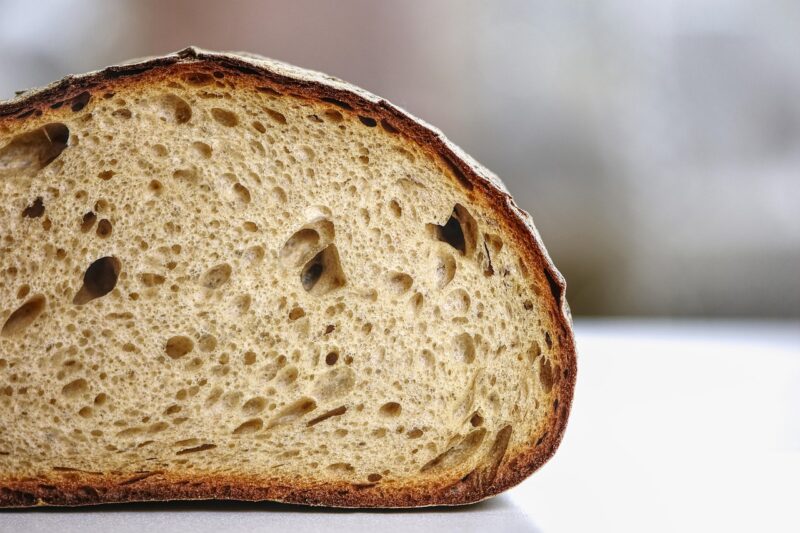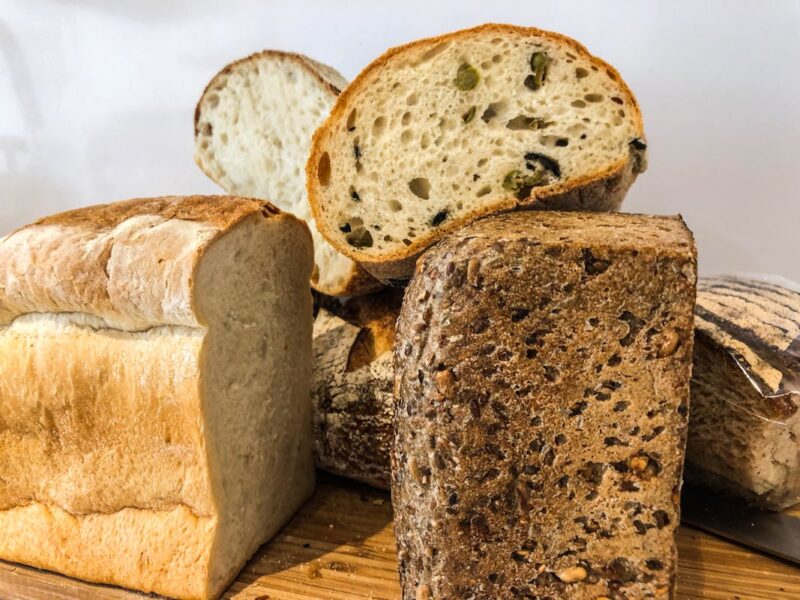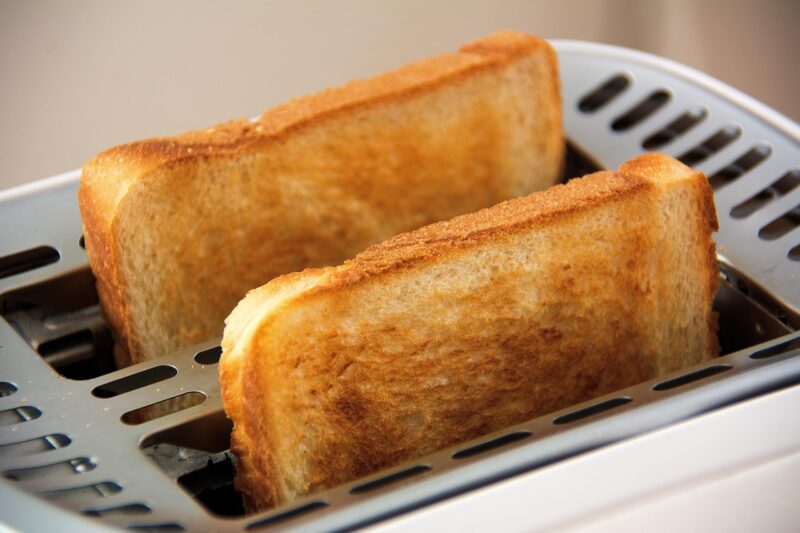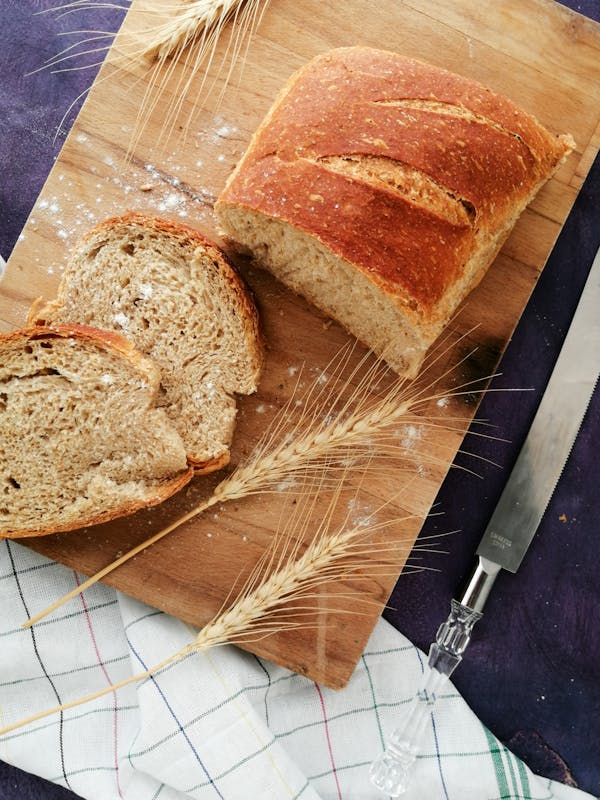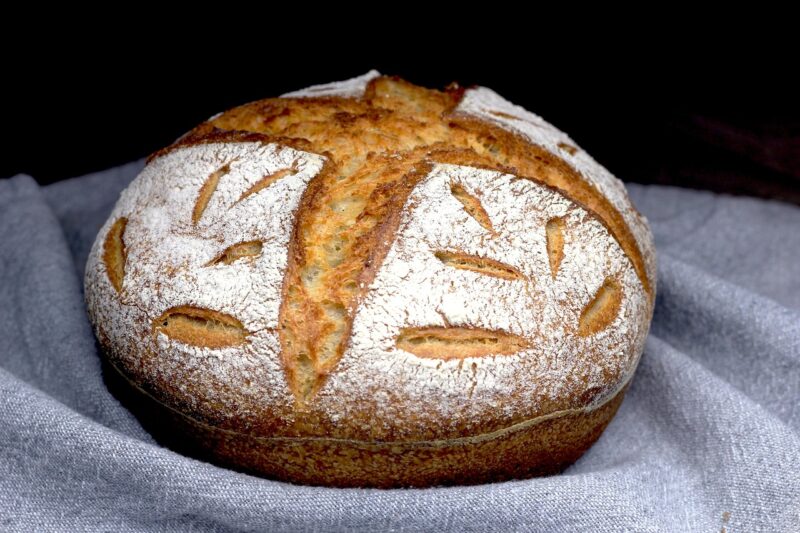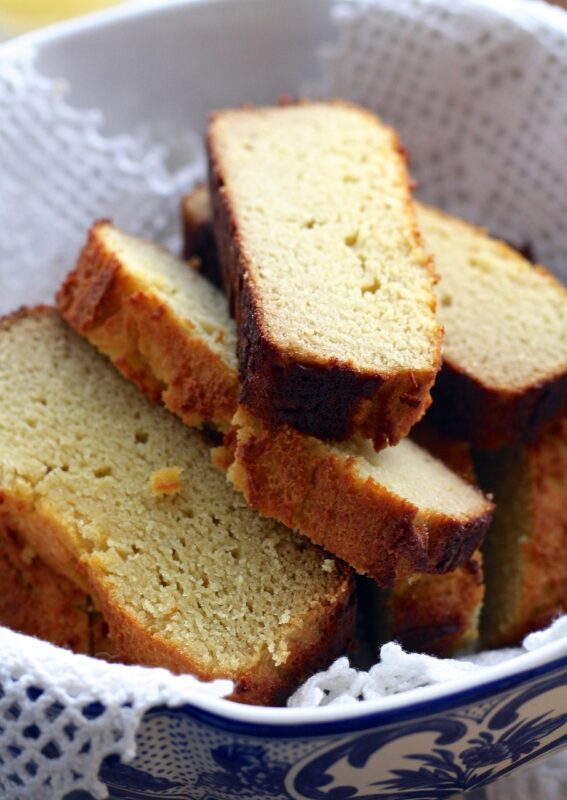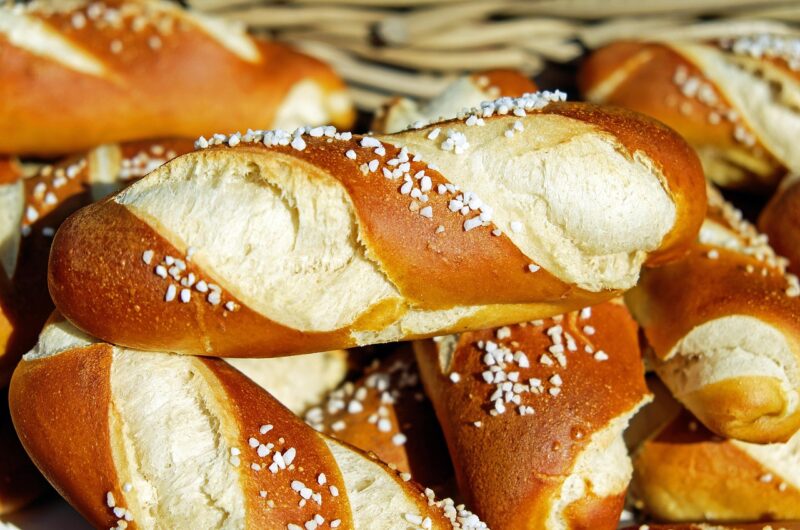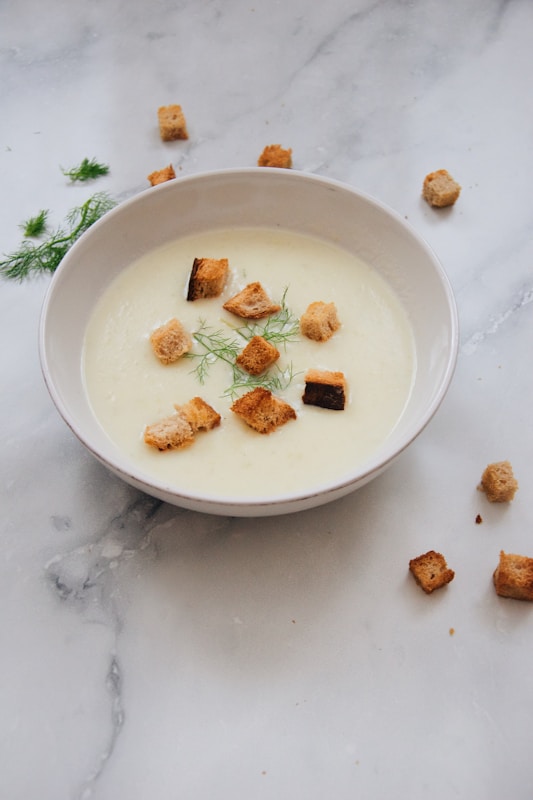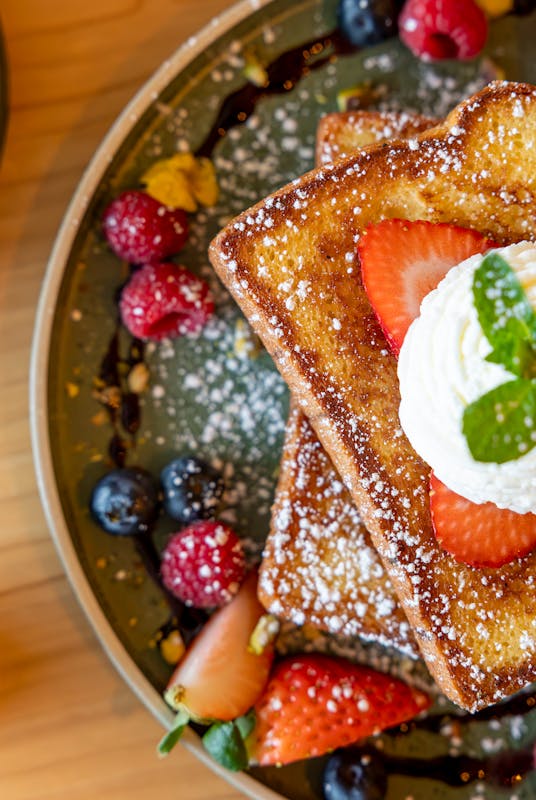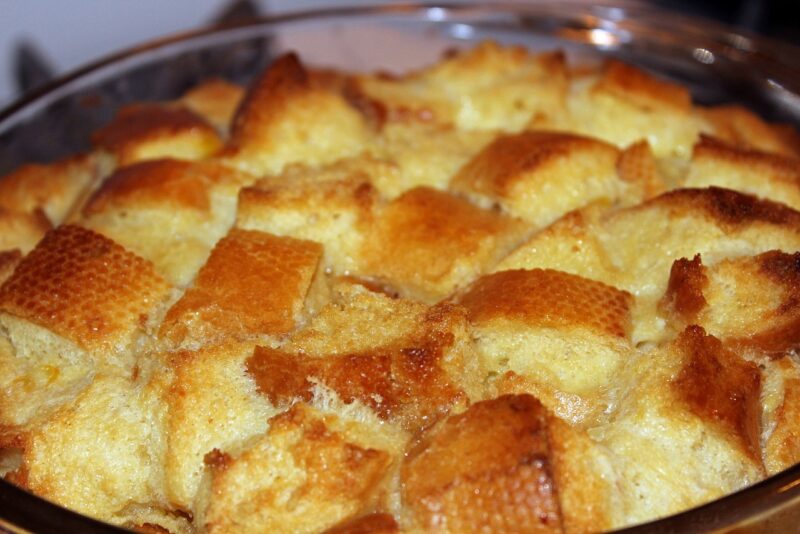In this extensive post, we will explore not only the practical side of freezing bread but also the science behind it, tips for maximizing freshness, and ideas to use frozen bread creatively. By the end of this journey, you’ll wonder why you ever hesitated to toss that extra loaf in the freezer!
Understanding Bread and Its Structure
The Anatomy of Bread
Before we answer the question of freezing, let’s briefly understand what bread is made of. At its core, bread is composed of four basic ingredients: flour, water, yeast, and salt. These components work together to create the unique flavor and texture distinctive to various types of bread.
Flour: The backbone of bread, flour comes from grinding grains. Different types of flour offer unique textures and flavors.
Water: Essential for activating yeast and providing the necessary moisture for dough formation, water also affects the bread’s crust and crumb.
Yeast: This living organism ferments the sugars in the flour, producing carbon dioxide that makes bread rise and develop flavor.
Salt: Not just seasoning, salt plays a crucial role in strengthening gluten, enhancing flavor, and prolonging shelf life.
The Structure of Bread
Bread has a unique internal structure. It contains a network of gluten that traps gases, leading to the airy texture characteristic of a well-risen loaf. This gluten network can be affected by freezing, which is essential to consider when looking to freeze bread.
Can You Freeze Bread?
The Freezing Process
Freezing is a method of preservation that slows down enzyme activity, preventing spoilage and stalling the growth of bacteria and molds. When you freeze bread, you halt its aging process, allowing it to retain freshness for a longer time.
When considering freezing bread, the type and method of freezing will influence the results:
Whole Loaves: Freezing a full loaf is convenient, but it may take longer to thaw and can impact texture.
Sliced Bread: Slicing bread before freezing allows for easy, portioned servings. Plus, it thaws faster, making it practical for everyday use.
Specialty Breads: Artisan loaves, sourdoughs, or gluten-free variants have unique properties. The freezing process works, but texture changes may be more pronounced.
How to Freeze Bread Properly
To preserve your bread and make the most of your freezing experience, follow these simple steps:
Choose Fresh Bread: Ideally, freeze your bread while it’s still fresh out of the oven or shortly after purchasing store-bought loaves.
Slice Before Freezing: If you prefer pre-sliced bread, slice it before freezing. If it’s a whole loaf, consider slicing just a few pieces off for immediate use.
Wrap It Up: Use plastic wrap or aluminum foil to wrap the loaf tightly. This prevents freezer burn, which can compromise the texture and flavor of your bread. Consider using freezer bags for added protection.
Label Your Bread: Write the date and type of bread on the wrapping. This will help you track how long it has been stored.
Store in the Freezer: Place the wrapped bread in the freezer. Keep it towards the back where temperatures are more consistent.
Thawing: When ready to use, remove the bread and let it thaw in the refrigerator overnight or on the counter for a few hours. For a crispy crust, pop it in the oven for a few minutes after thawing.
Tips to Maintain Quality
Avoid Refreezing: Once bread is thawed, avoid refreezing it. The quality diminishes significantly with each freeze-thaw cycle.
Air Tightness is Key: Ensure your wrapping is airtight to prevent freezer burn.
Consider Toasting: If you notice a change in texture after freezing, toasting the bread can refresh its structure and taste.
The Benefits of Freezing Bread
Reducing Waste
One of the most significant benefits of freezing bread is minimizing waste. Have you ever bought a loaf only to find it stale by the week’s end? By freezing, you extend the life of your bread significantly, allowing you to enjoy it at your leisure without the pressure of immediate consumption.
Convenience
Imagine coming home after a long day, craving a sandwich but finding your bread stale. If that bread is frozen, you can skip the store trip and enjoy a fresh sandwich in minutes. This convenience allows you to stock up on fragile items without worry.
From Farm to Table
Freezing allows you to preserve loaves from local bakeries and artisanal shops. If you find a bread that you absolutely love, freezing it ensures you enjoy that taste long after the bakery has closed for the day.
Nutritional Value
While there is some debate over whether freezing affects the nutritional profile of bread, freezing typically preserves the majority of nutrients if done correctly. Those who are conscious about their diet can benefit from freezing whole grain or specialty breads.
The Science of Freezing Bread
You might wonder about the science behind freezing and how it affects bread. Freezing food causes ice crystals to form. If done rapidly, small crystals form, preserving texture and flavor. Slow freezing (like in a conventional freezer) can create larger ice crystals that may puncture the bread’s cell walls, leading to deterioration upon thawing.
The Role of Moisture
Moisture is crucial when it comes to freezing bread. Freezer burn occurs when moisture evaporates, leaving bread dry and tasteless. Correctly wrapping your bread and keeping it airtight minimizes this risk, keeping your loaves moist and flavorful.
Chemical Changes During Thawing
Upon thawing, bread undergoes various chemical changes. Those gases released during yeast fermentation tend to dissipate, and stale flavors can emerge. This is why it’s good practice to refresh your bread in the oven or toaster after thawing, reactivating those wonderful aromas and flavors.
Different Types of Bread and Freezing FAQs
White Bread
White bread freezes exceptionally well. Its soft texture and lack of hearty grains make it less susceptible to alterations in quality. Follow the general freezing process, and you’ll find it maintains its taste and texture beautifully upon thawing.
Whole Wheat Bread
Whole wheat bread often has a denser structure and richer flavor. It freezes nicely, though texture changes may be noticeable upon thawing. Generally, this bread is more robust in flavor, so toasting can elevate its taste.
Sourdough
Sourdough is beloved for its tangy flavor and chewy crust. It freezes well when wrapped properly. Many people argue that sourdough can taste even better after freezing and thawing, as the flavors have more time to develop.
Gluten-Free Bread
Gluten-free bread can be tricky. Its unique makeup means it may not hold up as well during freezing. Nevertheless, it can still be frozen with some success. Ensuring it’s tightly wrapped and thawed carefully can help preserve its qualities.
Specialty Breads
Artisan or specialty breads warrant unique attention. Their handcrafted nature and varied ingredients can lead to different results. It’s often best to freeze them whole rather than in slices to maintain their artisanal qualities.
Creative Ways to Use Frozen Bread
Utilizing frozen bread goes beyond the traditional toast or sandwich. Let’s explore some creative avenues to enjoy your frozen loaves.
Homemade Breadcrumbs
Turn stale or leftover bread into breadcrumbs. Simply thaw, cube, dry slightly in the oven, and blend or pulse until you reach your desired consistency. These breadcrumbs can be stored and used later for breading meats, coating vegetables, or topping casseroles.
Simple Croutons
Transform your frozen bread into croutons. Cut the bread into cubes, toss them with olive oil and seasonings, and bake until crispy. Croutons add crunch and flavor to soups and salads, and you can always keep a batch on hand.
French Toast
Who doesn’t love a good French toast? Use your frozen bread for this delightful breakfast option. The expansion and contraction from freezing can help absorb the egg mixture for a fluffier end product.
Bread Pudding
If you have a sweet tooth, frozen bread is perfect for bread pudding. Let it thaw, tear it into chunks, and mix with a creamy custard base for a warm, satisfying dessert.
Sandwich Innovation
Get creative with your sandwiches. Use cooked meat, fresh veggies, or unique condiments to elevate your frozen bread into distinct flavor combinations that might not have crossed your mind otherwise.
Common Mistakes When Freezing Bread
Despite its simplicity, freezing bread can sometimes go awry. Below are common pitfalls you’ll want to avoid.
Skipping the Wrapping
One of the biggest mistakes is neglecting to wrap the bread properly. This can lead to freezer burn, altering texture and flavor. Investing time in good wrapping techniques can save you disappointment later on.
Refreezing Bread
As previously noted, avoid refreezing thawed bread. The quality decreases with each freeze-thaw cycle, leading to an unpleasant texture and taste.
Not Labeling
It’s easy to forget when you stored that loaf or which kind it is, especially when you have multiple types in the freezer. A simple label can save you from opening every bag to find your favorite.
Thawing Incorrectly
Fast thawing methods, like microwaving, often lead to dry and chewy bread. Instead, take your time, let it thaw in the fridge or room temperature to keep moisture content stable.
Conclusion
Freezing bread is not just a matter of practicality; it’s about preserving joy. With a bit of effort and knowledge, you can ensure that your favorite breads remain fresh and flavorful. From the rich aromas of artisanal loaves to the convenience of everyday slices, the ability to freeze bread successfully opens windows to enjoyment in your culinary journey.
So, the next time you find yourself with an excess of loaf, remember: freezing bread is not only possible but also a smart choice. By following the tips and techniques laid out in this guide, you’ll be set for many delicious meals, snacks, and baking adventures to come. Embrace the power of the freezer, and let those loaves of bread accompany you on your culinary journey!


